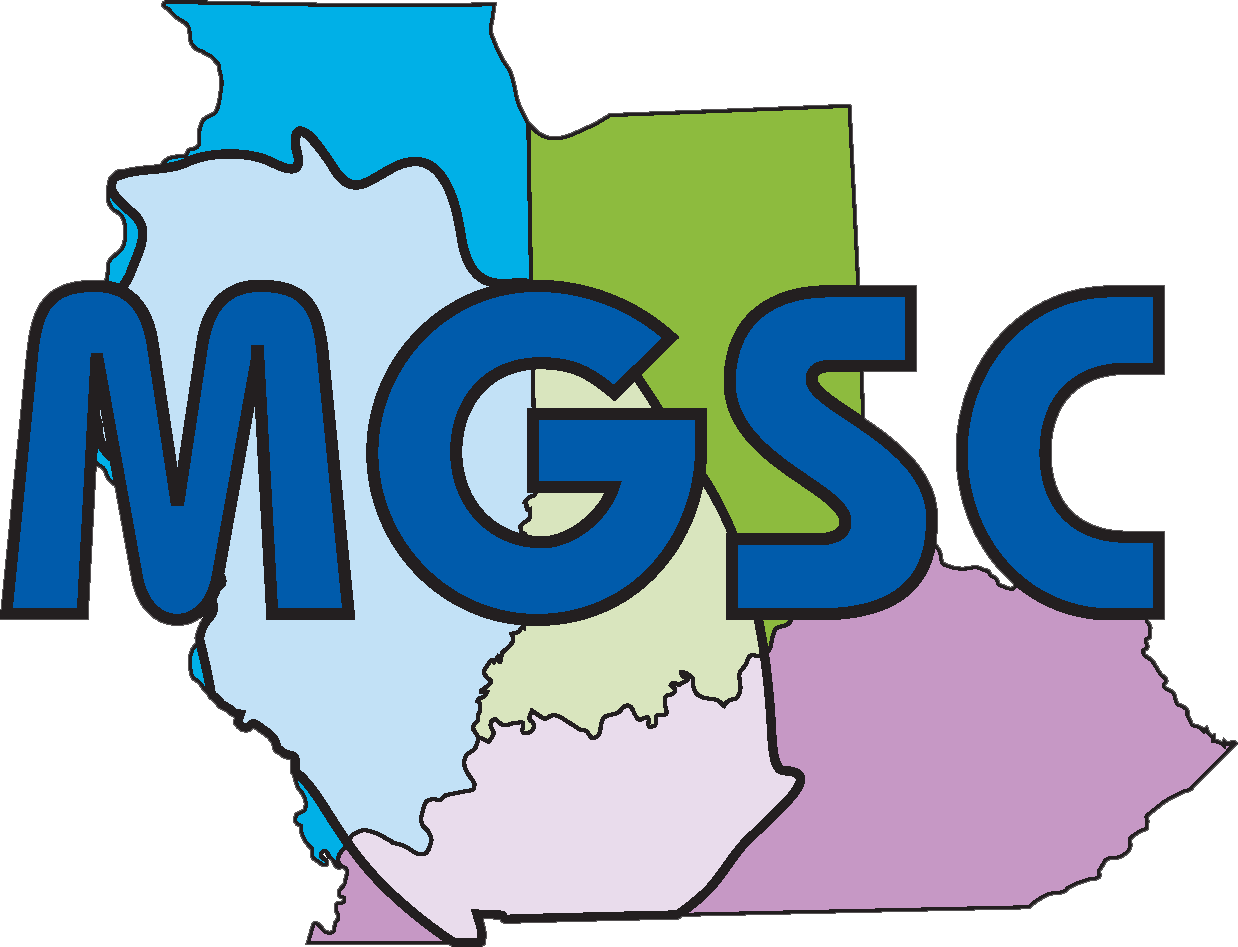Computational Methods
in Water Resources
XIX International Conference
![]() June 17-21, 2012
June 17-21, 2012
at the University of Illinois at Urbana-Champaign
Keynote Speaker:
Joannes Westerink, University of Notre Dame
Title of Talk:
“Forecasting Hurricane Waves, Storm Surge, and Currents: Physics, Algorithms, Scalability, and Validation”
Biography:
Westerink’s research focuses on the development, analysis and application of coastal ocean and estuarine hydrodynamic, constituent transport and sediment transport models. This encompasses the basic algorithms; the behavior of these algorithms for varying levels of time and spatial discretization as well as varying hydrodynamic balances; theoretical analysis of algorithms to understand baseline properties; development of high performance codes in vector and parallel computing environments; application of codes to oceans, continental shelf regions, estuaries, rivers, coastal flood plains and lakes; and the linkages of hydrodynamics models to weather and short wind wave models. He has worked extensively on model validation and applications in the Gulf of Mexico, Mississippi, Louisiana, Texas, and Hawaii.
Westerink is the co-developer of the widely used ADCIRC finite element based shallow water equation model. ADCIRC is a robust, efficient and accurate analysis tool due to its ability to optimize unstructured grids to provide resolution where it is necessary and apply large computational domains to simplify boundary condition specification. The model is applied to compute basin scale phenomena to inlet scale flows to feature scale flows such as flow around a jetty. ADCIRC has evolved into a community based coastal hydrodynamics model with wide ranging applications within academia, government, and the private sector worldwide. The U.S. Army and Navy extensively use the ADCIRC model worldwide to assess coastal currents and water surface elevations. The National Oceanic and Atmospheric Administration (NOAA) uses ADCIRC in support of modeling tidal harmonic constituents for U.S. coasts and estuaries. ADCIRC is also being used to design the 15 billion dollar flood protection system being completed in Southern Louisiana by the Army Corps of Engineers and to evaluate flooding risk across the U.S. east and Gulf coasts by FEMA. Industrial applications of ADCIRC range from U.S. nuclear power station flood risk assessment to tidal power station design in Korea.
Westerink’s current research includes algorithmic and peta-application projects; the merging of wind, wave and current models (SWAN+ADCIRC) into a high performance scalable code in a joint project with Delft University; the development and validation of the ultra high resolution models for Southern Louisiana and Texas with the U.S. Army Corps of Engineers and numerous university and private sector partners; and marsh resistance and wave-current friction studies. His laboratory is the forefront of developing ultra-high resolution unstructured grid multi-physics, multi-scale models for the coastal ocean and successfully transitioning these models for design and analysis of flood control and environmental impact assessment projects.
Westerink’s laboratory is also focused on teaching and mentoring both undergraduate and graduate students, with lab members having been awarded 16 outstanding teacher and teaching assistant awards. Westerink organizes the Challenges and Innovation Lecture Series in Civil and Environmental Engineering which exposes students to and encourages interaction with world leaders from industry, government and academia. He also leads a junior class field trip each year to New York or New Orleans that immerses the undergraduates in the most significant infrastructure design and construction efforts in the United States. Westerink’s former graduate students and post docs are in academia, government, and industry and continue to work in leading positions in coastal and hurricane related studies.
Westerink was a team co-lead in the Army’s IPET investigation of the Katrina flooding failures in Louisiana and continues to lead model development efforts for the evaluation of flood mitigation systems and risk in Louisiana, Texas and Hawaii with the U.S. Army and FEMA. He is a commissioner on the Southeast Louisiana Flood Protection Authority and serves as an advisor for the UNESCO Joint WMO-IOC Technical Commission for Oceanography and Marine Meteorology on Enhancing Forecasting Capabilities for North Indian Ocean Storm Surges.


